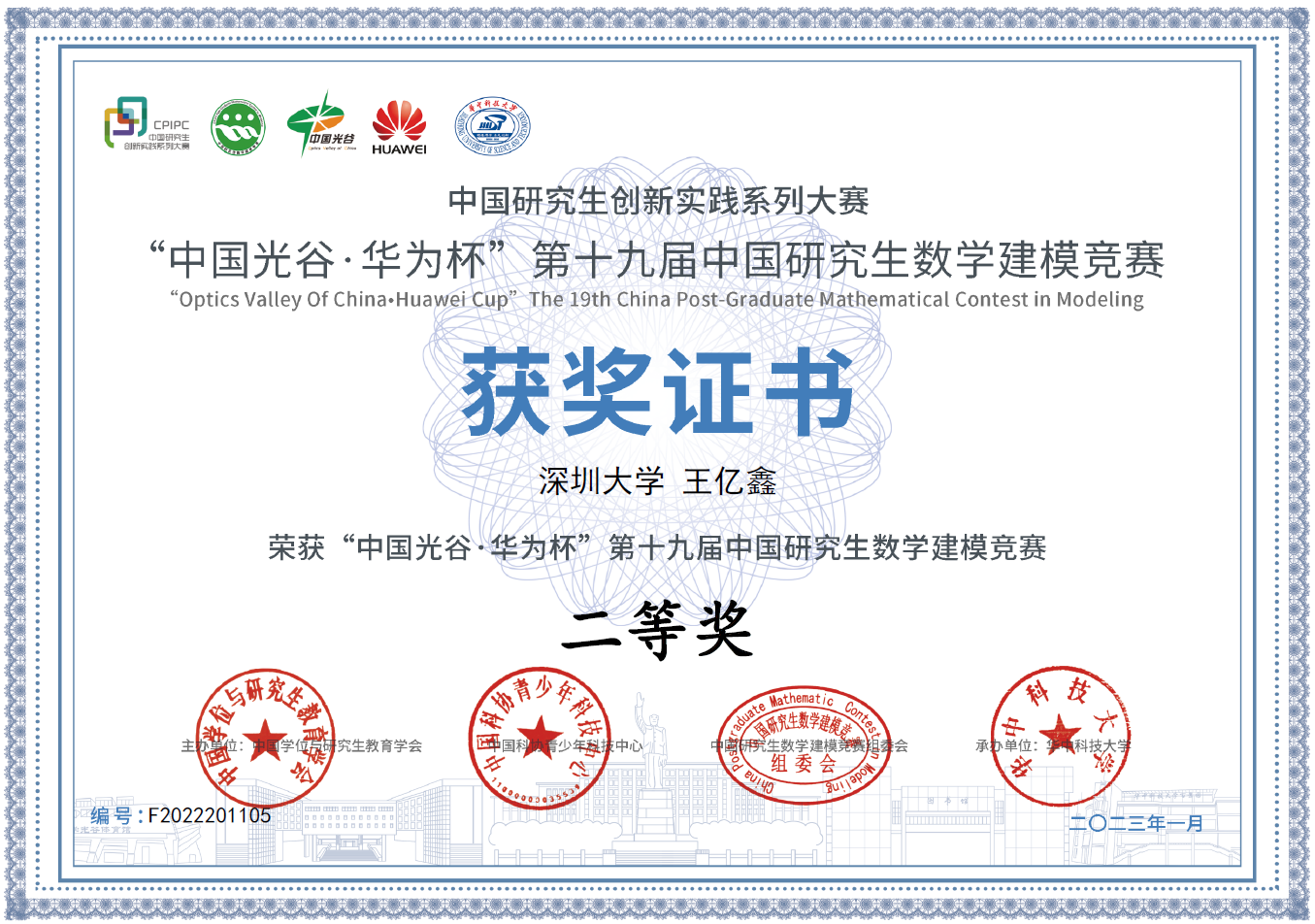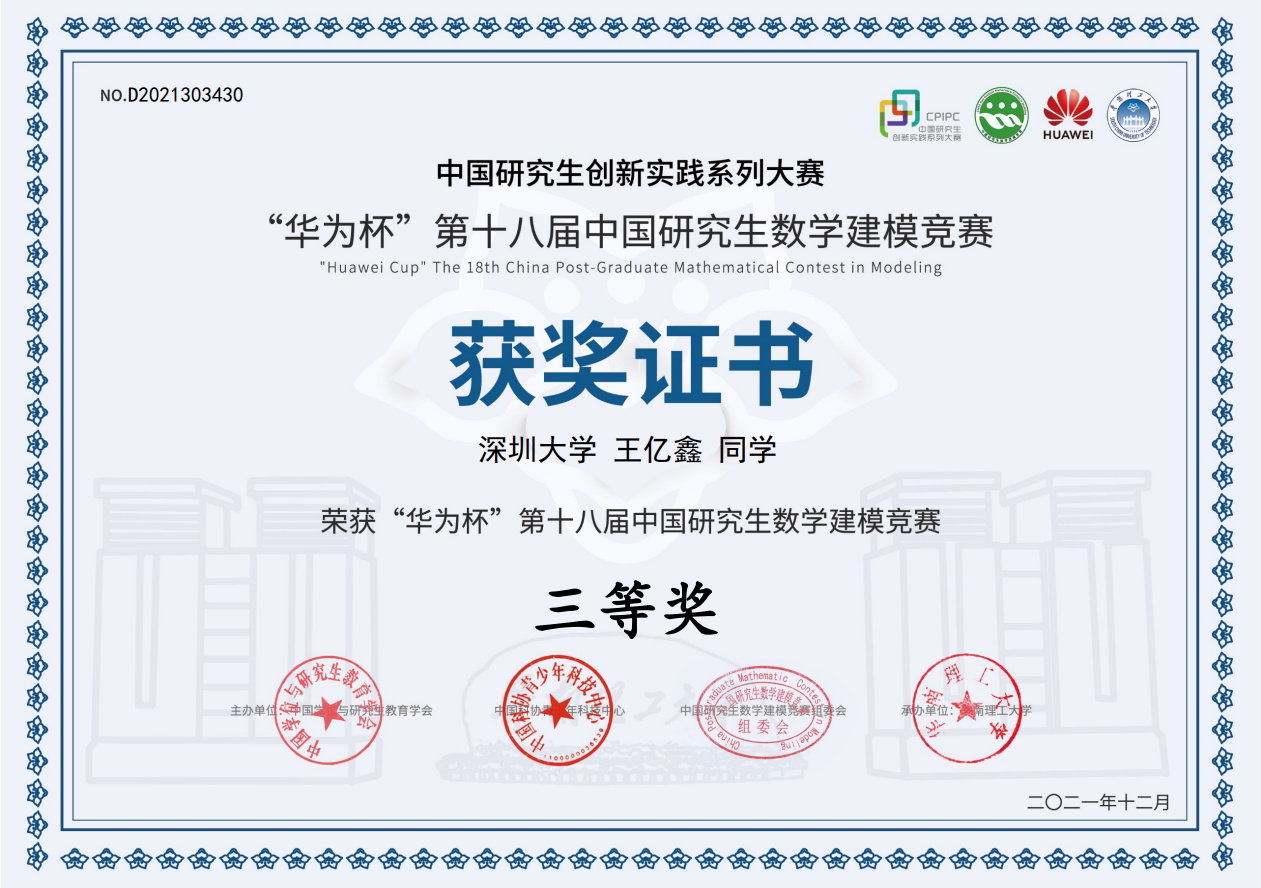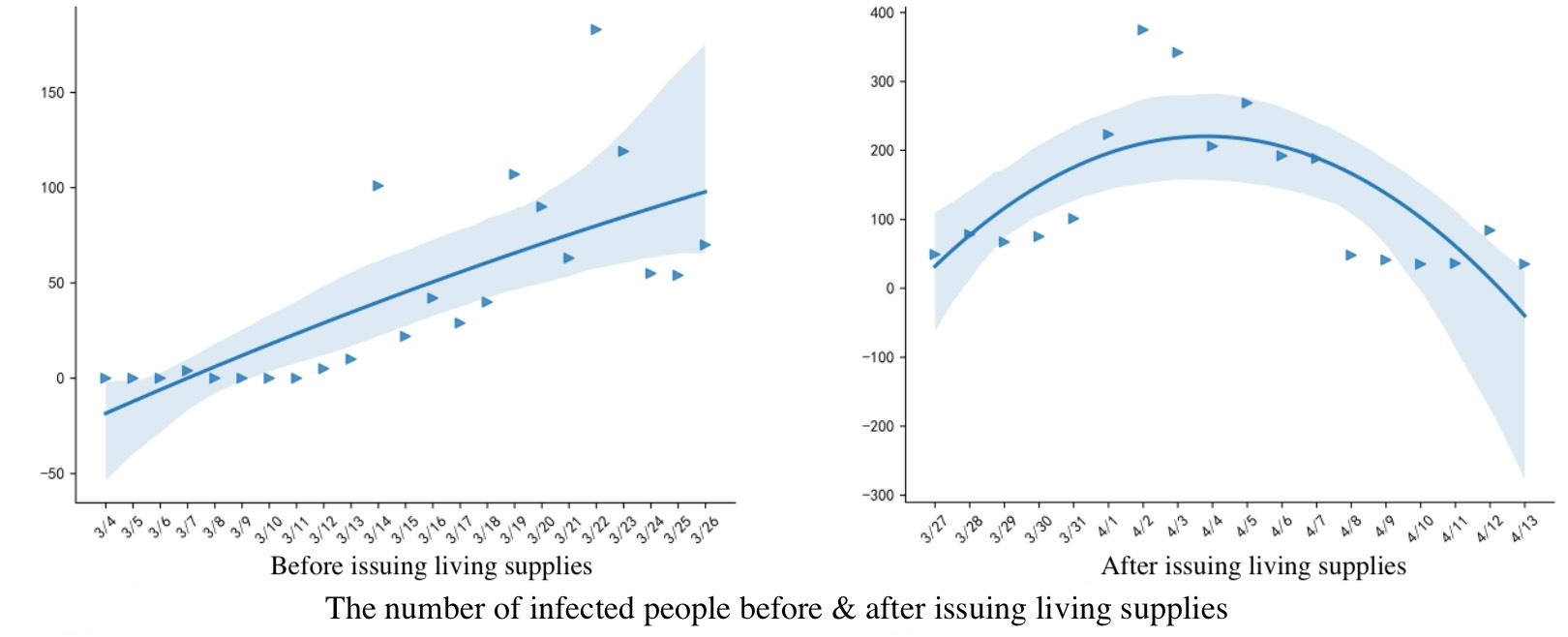Huawei Cup 2022, 2021
1. DRL for living supplies distribution problem during COVID-19 pandemic and 2. DL for identification and screening of anti-breast cancer drug candidates @SZU, Shenzhen
Awards

Rank: 290/4021

Optics Valley of China · Huawei Cup 2022
Synopsis:
During the epidemic, the distribution of living materials proved to be effective in curbing the further spread of the epidemic. However, due to limited resources such as materials and manpower, it has become a challenge to distribute living materials in a scientific, accurate and effective manner. This project intends to solve a living supplies distribution problem during COVID-19 pandemic. The number of multi-echelon living supplies distribution spots and their locations are estimated and determined based on regional geographic and population information of Changchun city. Further, an intelligent agent is trained based on offline RL for the number of supplies issued.

Q-value network model:
- This study employed an off-line reinforcement learning algorithm Batch-Constrained deep Q-learning (BCQ) that proved to overcome the insufficiency of the actual samples during the pandemic to train an intelligent decision-making agent, providing an intelligent method to determine the living supplies distribution quantities and spots during COVID-19 pandemic.

Huawei Cup 2021
Synopsis:
This study provides a stable solution for drugs candidates identification that simultaneously optimizes both bioactivity and ADMET properties. Based on the information provided for ERα antagonists, quantitative prediction model for compound bioactivity and categorical prediction model for ADMET properties are constructed, respectively.
Feature selection model:
- Dimensionality reduction is performed first and feature clustering is conducted to select the most important features for the quantitative/categorical prediction model.

Categorical prediction model:
- Based on the idea of DeepFM model in the recommendation system, a deep learning model that integrated factorization machine and multi-layer perceptron to tackle low-order and high-order feature interaction respectively, is developed to predict the ADMET properties of the compound.
